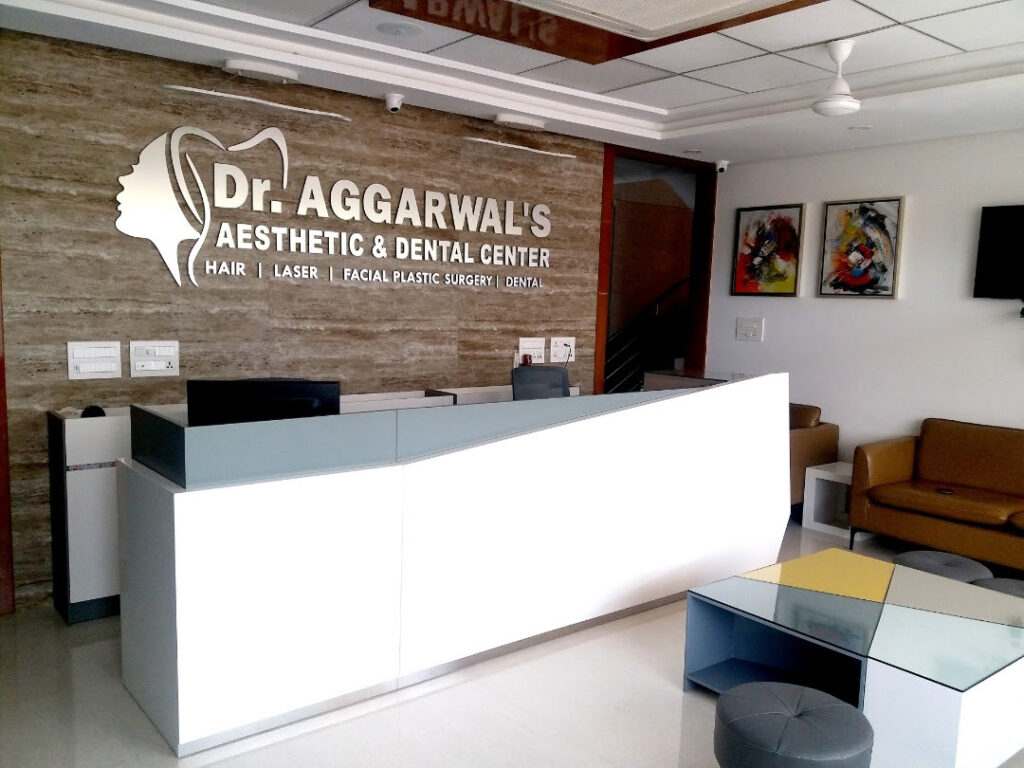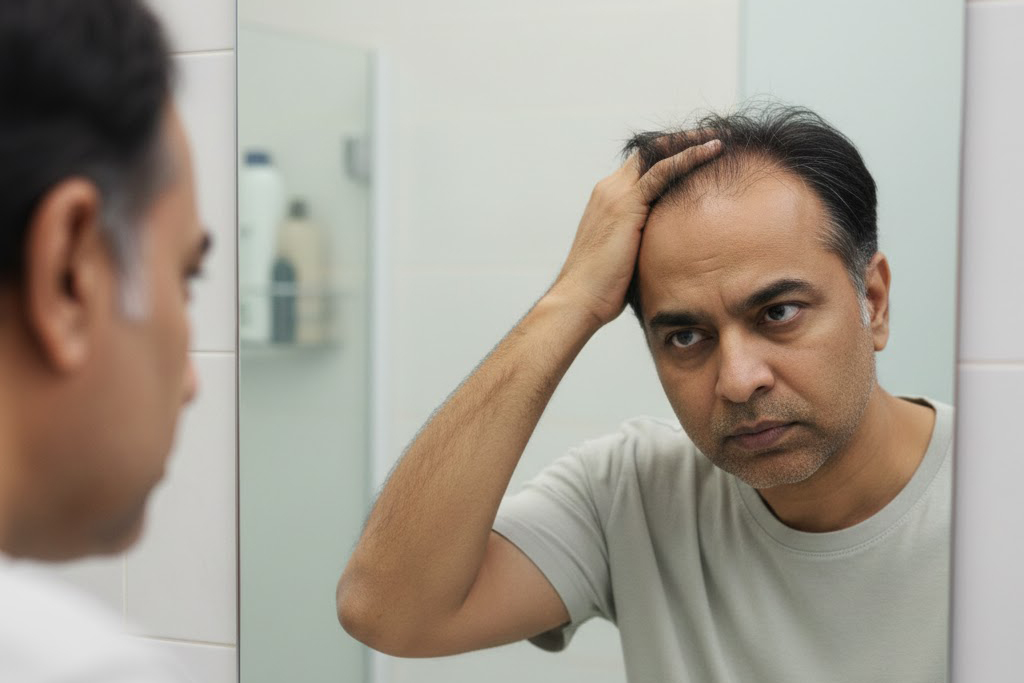Home
Book Your Appointment

Our Services
Our Services
Our Services
Our Services

Our Treatment
Our Treatment

Hair Treatment
Get your younger look back with Dr. Aggarwal’s clinic for permanent results.

Laser Treatment
Get your younger look back with Dr. Aggarwal’s clinic for permanent results.

Cosmetic Surgery
Improve your look with Dr. Aggarwal’s clinic
for permanent results.

Dental Treatment
Get your younger look back with Dr. Aggarwal’s clinic for permanent results.

Weight Loss
Improve your look with Dr. Aggarwal’s clinic
for permanent results.

Wellness IV Drips
Improve your look with Dr. Aggarwal’s clinic
for permanent results.

Hair Treatment
Get your younger look back with Dr. Aggarwal’s clinic for permanent results.

Laser Treatment
Get your younger look back with Dr. Aggarwal’s clinic for permanent results.

Cosmetic Surgery
Improve your look with Dr. Aggarwal’s clinic
for permanent results.

Dental Treatment
Get your younger look back with Dr. Aggarwal’s clinic for permanent results.

Weight Loss
Improve your look with Dr. Aggarwal’s clinic
for permanent results.

Wellness IV Drips
Improve your look with Dr. Aggarwal’s clinic
for permanent results.
Our Latest Promotion
Our Latest Promotion




Book Your Appointment
About Us & Meet Our Team
About Us & Meet Our Team
Welcome to Dr. Aggarwal’s Clinic, Jodhpur’s trusted destination for advanced hair treatment, laser treatment, cosmetic surgery, dental care, weight loss programs, and IV drip therapy.
With a team of highly experienced doctors and modern technology, we provide safe, result-oriented and personalized treatments designed to enhance your confidence and overall wellness.
Whether it’s hair restoration, glowing skin, body shaping, dental aesthetics, or instant energy-boosting IV drips, we focus on delivering the best care with comfort and transparency.
At Dr. Aggarwal’s Clinic, your transformation is our responsibility—experience expert care, premium treatments, and long-lasting results under one roof.
Dr. Karun Aggarwal is amongst one of the best Hair doctor in Jodhpur and this is claimed not only by us but also by many of his former and current patients. He is cited as one of the best for Hair Transplant in Jodhpur and can provide many types of Hair Loss Treatment in Jodhpur itself.He is MDS, MOMS, RCPS(UK). He has completed his post graduation in maxillofacial surgery in 2011. He did his fellowship in Aesthetic Medicine and Laser from Germany and is a very trusted Facial Plastic Surgeon and Hair doctor in Jodhpur. Dr. Aggarwal is also a very experienced & Specialized doctor in facial plastic Surgery, aesthetic laser and hair transplant. He is one of the few doctors whose experience is coupled with genuine concern for his patients.
Dr. Anika Aggarwal is amongst the best dentist in Jodhpur who specializes in Dental Cosmetics and is a Root Canal Specialist. She is highly qualified and has done MDS in conservative and endodontics. She has been serving patients related to dental from many years and connects efficiently with all her patients to so as to study the case and accordingly treat the patients effectively. This approach provides comforts to the patients and they can openly share all the health problems from which they are suffering. Through this, she has been spreading smiles to all her patients by providing the care their teeth deserve.
Dietician Rakshita Panwar is a qualified Clinical Nutrition Expert with an M.Sc. in Food & Human Nutrition, trained at PGIMER Chandigarh, and certified in Diabetes Education and Advance Critical Care Nutrition (UK-approved), sports nutrition . She also holds a Diploma in Body Toning & Sculpting from the Indian Institute of Cosmetology, Mumbai. With 8 years of clinical experience at Fortis Hospital Jaipur and EHCC Hospital (JCI & NABH accredited), she specializes in therapeutic diets, weight management, lifestyle disorders, and evidence-based nutrition planning. At our clinic, she helps patients lose weight through non-surgical procedures, supported by tailored diet plans and personalized fitness programs—all designed using evidence-based research for safe, effective, and sustainable results.
Our Popular Treatments
Our Popular Treatments








Published In
Published In






Patient Testimonial Videos
Patient Testimonial Videos
Before and After
Before and After


HAIR TRANSPLANT


LASER HAIR REMOVAL


ACNE TREATMENT
Frequently Asked Question
Find quick answers about Chainex’s features, security, automation, and earning options. Get the information you need to trade smarter
You can book appointment from website, on phone, or in person at clinic.
We are among the best dermatologist & skin specialist in new power houser road, near deeksha classes, Jodhpur . You can visit as per your convenience.
Prior booked appointments are given priority over walk in patients so you may need to wait for some time.
During hair transplant, the bald–resistant hair follicles from the back of head are transplanted to the bald area of the head. This procedure is permanent since the hair follicles from back of the head are resistant to baldness regardless of where are they are transplanted. Check out this hair transplant article to know more about it.
Yes, the results of hair restoration surgery are permanent since the hair transplanted from donor area are not susceptible to balding.
Also known as Fitzpatrick skin type, it is basically telling how dark your skin is, its level of melanin and what settings the technician needs to use for your skin. The determination of your skin type is the first and most important step in any laser skin or hair reduction procedure, because almost all the settings are based on that. You might want to write down the type at each place you visit to see how they differ.
Depending on the settings – speed, intensity and pain numbing gel applied before treatment your experience will vary. Note, however, that if it doesn’t hurt – you’re doing it wrong. There are, of course, cases, when laser treatment goes lightly on you, but it is not the rule. Your skin should give you some feedback, so if you are treated for the first three times and you don’t feel anything – chances are the technician isn’t killing follicles, but just burning hair on the surface. Which means you will keep coming back for treatments again and again.
During your exam, your dentist will look for and explain areas of future concern as well as any current issues. Pay attention to this information and use it as an opportunity to ask follow-up questions.
Ask your dentist for a summary of your overall dental health, how you can better manage your daily care, and any other areas you can improve.
A few specific dental care questions you can ask include:
- Am I brushing and flossing correctly?
- Can you demonstrate proper brushing and flossing technique?
- Are the dental tools I’m using the best choice for my teeth?
- How do my gums look?
- Are there any teeth we need to keep a closer eye on?
In addition to these questions, make sure to mention any problems you’re experiencing, even if they seem minor. If you have pain, sensitivity, or abnormalities, bring them up! Remember, catching issues early on is the key to successful treatment and the best way to ensure lifelong dental health.
We often tell our patients to think of their mouth as a window to their overall health. This is because a range of whole-body health issues begin by displaying symptoms in the mouth. For example, certain changes in your mouth can be a sign of conditions such as:
- Diabetes
- Vitamin deficiencies
- Osteoporosis
Additionally, research suggests common dental issues like gum disease can lead to heart disease, stroke, and other problems like premature birth.
Your time with the dentist is a great time to ask if there are any dental concerns you should discuss with your primary care provider. Find out if your dentist needs to know anything from your doctor as well. For instance, let your dentist know if you recently started taking medication, as it could cause dental complications (like dry mouth).
Facial plastic surgery procedures, or cosmetic facial plastic surgery, change the shape and appearance of the:
- Nose
- Jaw
- Neckline
- Ears
- Cheeks
- Eyes
- Forehead
It can also reduce the signs of aging.
The best time to begin the plastic surgery process depends on you.
It’s important for you to:
- Be fully ready to make the physical changes.
- Understand the treatment process and the effects they can have on your life.
- Trust and feel comfortable with your facial plastic surgeon.






